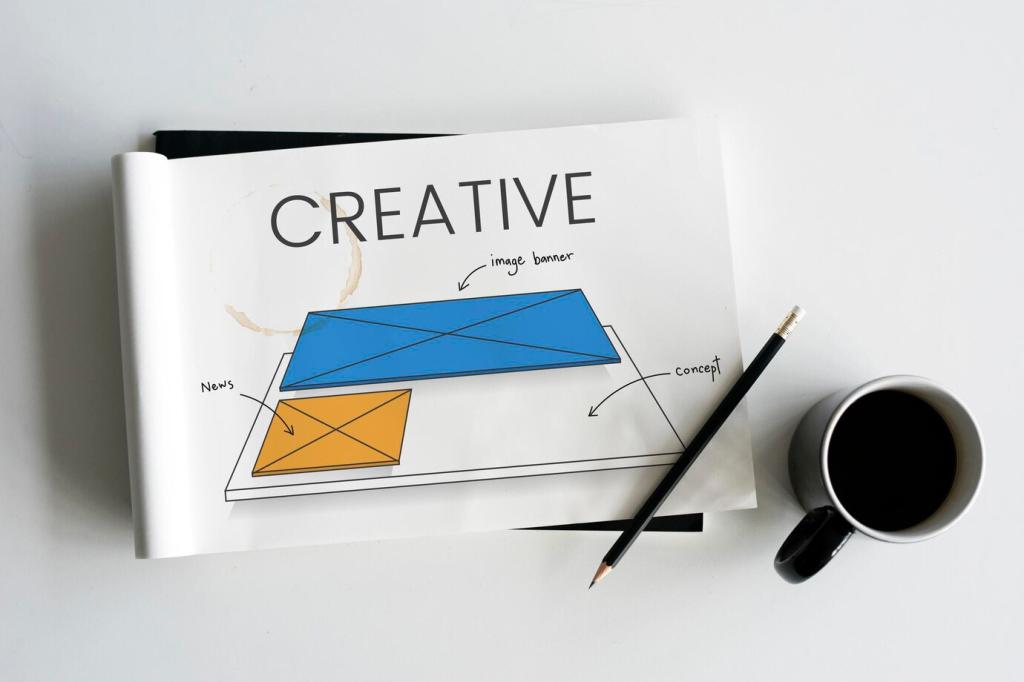Build Keyword Architecture by Room, Style, and Material
Create pillars for kitchens, bathrooms, bedrooms, entryways, and outdoor living, then cluster supporting posts around layout ideas, storage solutions, lighting, and finishes. Interlink generously to signal depth and keep people exploring without friction.
Build Keyword Architecture by Room, Style, and Material
Pair style terms like Scandinavian, transitional, or mid-century with materials such as white oak, zellige tile, and unlacquered brass. Long-tail pairs reflect how clients search, improving relevance and boosting qualified, ready-to-book traffic.
Build Keyword Architecture by Room, Style, and Material
Augment core keywords with specific modifiers like budget, timeline, maintenance, small space, rental-friendly, or family-safe. These terms pull in buyers deciding today, not someday, and shape copy that meets practical, immediate concerns.
Build Keyword Architecture by Room, Style, and Material
Lorem ipsum dolor sit amet, consectetur adipiscing elit. Ut elit tellus, luctus nec ullamcorper mattis, pulvinar dapibus leo.







